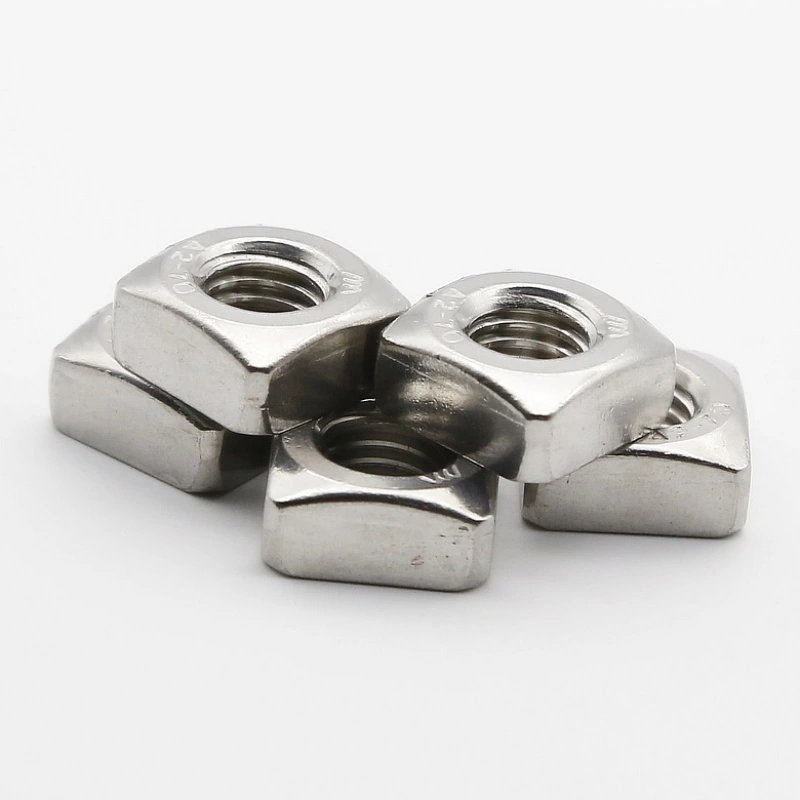

anchor bolts for structural steel
Nov . 22, 2024 05:19 Back to list
anchor bolts for structural steel
Anchor Bolts for Structural Steel Essential Components for Stability and Strength
Anchor bolts are vital components used in the construction and engineering sectors, particularly when dealing with structural steel. These bolts serve as critical connectors, anchoring structural elements to concrete foundations. Without them, the integrity, safety, and longevity of structures would be at risk. This article delves into the importance, types, installation, and considerations of anchor bolts in structural steel applications.
The Importance of Anchor Bolts
Anchor bolts provide stability to structures by securely fastening steel frames to their concrete bases. In buildings, especially skyscrapers and industrial facilities, anchor bolts help resist various forces such as tension, compression, and shear, which can arise from environmental factors like wind, snow, and seismic activity. The design and installation of anchor bolts are significant because they provide the necessary resistance against displacement, ensuring that the overall structure remains stable and safe.
Types of Anchor Bolts
There are several types of anchor bolts used in structural steel applications, each suited for specific conditions
1. Headed Anchor Bolts - These bolts have a rounded head on one end, which helps distribute the load across a larger area of concrete. They are often used in applications where the load-bearing capability is paramount.
2. L-shaped Anchor Bolts - These bolts have a bend at one end, allowing them to embed into the concrete while providing additional anchorage. They are commonly used in situations where a concrete foundation is already in place.
3. Straight Shaft Anchor Bolts - These bolts are installed into pre-drilled holes in the concrete, providing a simple solution for anchorage, especially in renovations or modifications.
4. Epoxy-coated Anchor Bolts - These bolts are coated with epoxy to prevent corrosion, making them suitable for environments prone to moisture or corrosive elements.
5. Sleeve Anchor Bolts - These consist of a bolt and a sleeve that expands when the bolt is tightened, which is an ideal choice for light load applications.
Installation of Anchor Bolts
Proper installation of anchor bolts is critical to their performance
. The installation process generally involves the following steps1. Planning and Design - Engineers must conduct load calculations and soil assessments to determine the type, size, and quantity of anchor bolts required for the specific application.
anchor bolts for structural steel

2. Drilling Holes - If using straight shaft anchor bolts, holes must be drilled into the concrete foundation at predetermined locations based on the design specifications.
3. Placement of Bolts - Bolts should be placed accurately in alignment with the structural steel framework. This can involve setting the bolts within templates or securing them with jigs.
4. Concrete Curing - The concrete must be allowed to cure adequately before subjecting it to loads. This is crucial in ensuring that anchored bolts achieve maximum holding strength.
5. Torque Specifications - Bolt tightening should be performed to manufacturer specifications to ensure the right level of clamping force and ensure the reliability of the joint.
Considerations for Anchor Bolt Use
When selecting and installing anchor bolts for structural steel, several considerations should be taken into account
1. Material Selection - Choosing the right material is crucial to ensure the bolts can withstand the environmental conditions they will face.
2. Corrosion Resistance - Depending on the location and exposure conditions, the use of galvanized or epoxy-coated bolts may be necessary to prevent deterioration.
3. Load Requirements - Understanding the load requirements and ensuring that anchor bolts are correctly rated for the anticipated stresses is vital for safety.
4. Local Codes and Standards - Compliance with construction codes and standards, such as those outlined by the American Institute of Steel Construction (AISC) and the American Concrete Institute (ACI), is mandatory to ensure quality and safety.
5. Quality Control - Final inspections and testing can help confirm that anchor bolts are installed correctly and will perform as expected during their lifetime.
Conclusion
Anchor bolts are indispensable in the safety and stability of structural steel constructions. Their proper selection, installation, and maintenance are essential to ensure the longevity of buildings and structures. As technology and engineering practices continue to evolve, the innovation and application of anchor bolts will play a crucial role in constructing durable and resilient infrastructure. Therefore, engineers and builders must remain vigilant about best practices and advancements in anchor bolt technology to meet the demands of modern construction.
Latest news
-
High-Strength Hot-Dip Galvanized Bolts-Hebei Longze|Corrosion Resistance&High Strength
NewsJul.30,2025
-
Hot Dip Galvanized Bolts-Hebei Longze|Corrosion Resistance&High Strength
NewsJul.30,2025
-
Hot Dip Galvanized Bolts - Hebei Longze | Corrosion Resistance, High Strength
NewsJul.30,2025
-
High-Strength Hot Dip Galvanized Bolts-Hebei Longze|Corrosion Resistance, Grade 8.8
NewsJul.30,2025
-
Hot Dip Galvanized Bolts-Hebei Longze|Corrosion Resistance,High Strength
NewsJul.29,2025
-
High-Strength Hot Dip Galvanized Bolts - Hebei Longze Metal Products Manufacturing Co., Ltd.|corrosion resistance&high strength
NewsJul.29,2025

